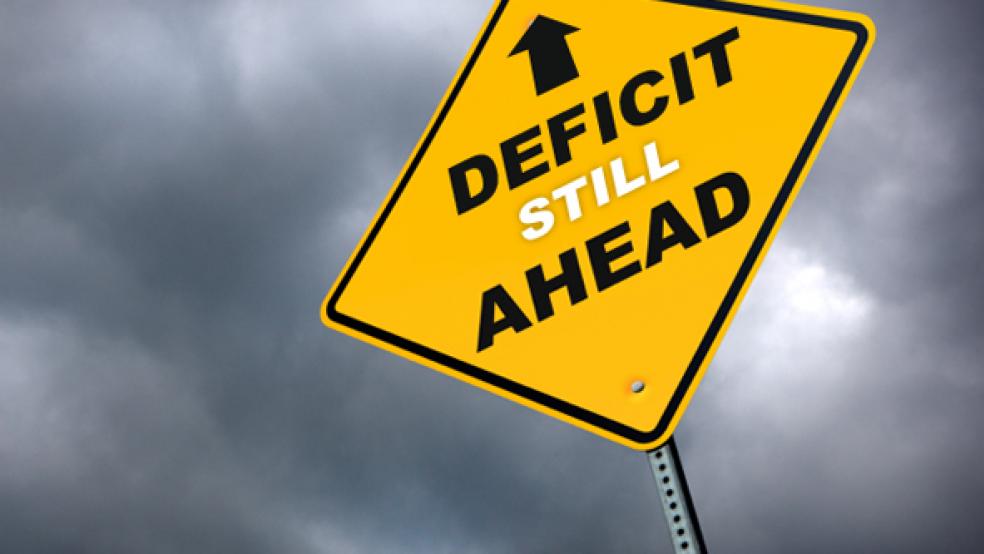In a Wall Street Journal column, Princeton economist and former Federal Reserve Vice Chairman Alan Blinder explains why Washington’s race to increase deficits through a combination of tax cuts and spending increases is problematic.
Blinder isn’t one to argue that the government should never run a deficit. “In fact,” he writes, “as long as our economy grows, it is normal for the government to run a budget deficit of some size.” And borrowing money that will be used productively makes sense: “Debt acquired to build, say, schools and highways often generates payoffs that exceed the costs—leaving society better off.”
So how much borrowing is appropriate? The answer depends on economic conditions — and it’s very different during a recession than in periods of economic growth like the one we’re now enjoying. The economy doesn’t need stimulus now, but having the national debt climb in line with GDP translates to an annual budget deficit of more than $600 billion, roughly where we were last year.
The problem comes when we look ahead.The debt-to-GDP ratio is projected to rise. “Further, as we look to the future, we see an aging population putting great pressure on government budgets, especially for health care and pensions,” Blinder says. “And all this is happening at a time when federal revenue as a share of GDP is below its 50-year average — even before the Trump tax cuts kick in. So, unlike 2009, this is a particularly bad time to cut taxes — or to do anything else that worsens the government’s long-run fiscal position.”





